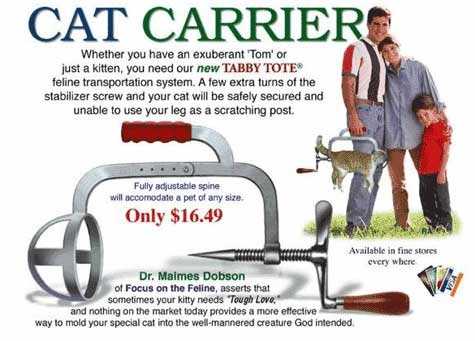- Read Time: 1 min
Edsel G. Murphy was the one who recognised that If anything can go wrong, it will.
Well perhaps Murphy did not really exist at all, we don't know for sure. But his Law exists and we all know it's very real. Murphy was not the only wise guy who phrased things in his struggle to explain the unexplainabel. There are books about Murphy's and other people's Law-finding exercises. Me too, I collect such things and I would like to give you my findings.
The Sinatra Simplification
(Or How Things Will Get Screwed With Time)
To be is to do (Seneca)
To be or not to be (Shakespeare)
To do is to be (Sartre)
Do be do be do (Sinatra)
The Fan Principle
When the shit hits the fan, it hits it hard.
Corollary:
When it hits the fan slowly, there will be more smear.
The Carr Theorem
To use a more technical expression: It's fucked up.
Chris' Corollary to the Carr Theorem:
A nice fuck-up is still a fuck-up.
The Gates Philosophy
The Earth is flat and My $oftware™ flawless.
The First Principle of Multimedia
What is Multimedia?
Multimedia is when Window$™ crashes with a very loud noise.
Henne's 6 Phases of Systems Engineering
or the "Why Couldn't We Make It Work Principle
- Enthusiasm
"Why, what a wonderful idea..." - Confusion
"Couldn't it be there's a simpler way to...?" - Sobering up
"We have to look at this a bit closer..." - Quest for the Guilty
"Make room, we have to see more clearly..." - Prosecution of the Innocent
"It looks you've got a blot in your copybook..." - Decoration of all Uninvolved
"Work's been done, let's move on"


 our gene
our gene


